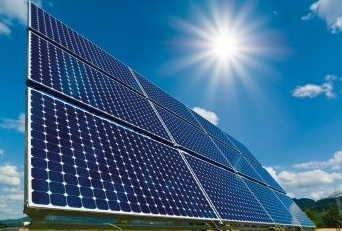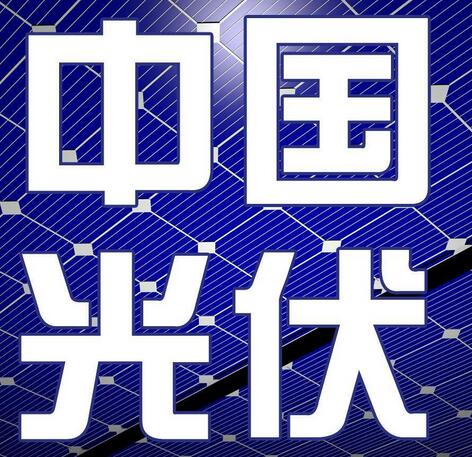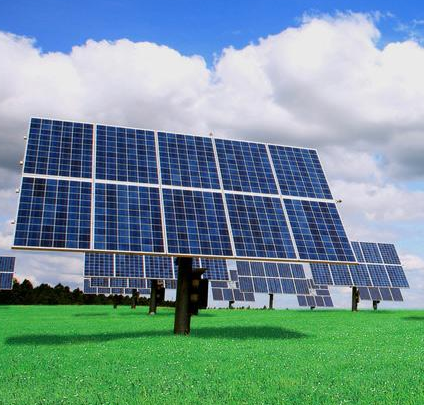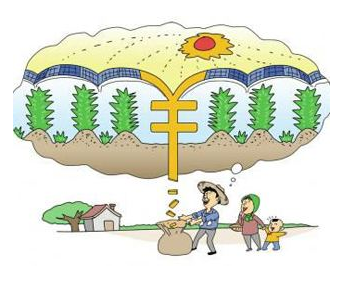Whether it is "201 clause" or "301 investigation", the trade friction made by the United States is difficult to hinder the globalization of China's photovoltaic industry.
Although the United States has implemented double-reaction on Chinese PV products and imposed tariffs on some products, the global market share of Chinese companies has been increasing. Export demand is mainly driven by emerging overseas markets such as India, Australia, Brazil and Mexico.
In addition, domestic leading PV companies are also actively deploying global markets, mitigating the possible impact of trade frictions by setting up factories in Vietnam, Thailand, Malaysia, or directly in the United States.
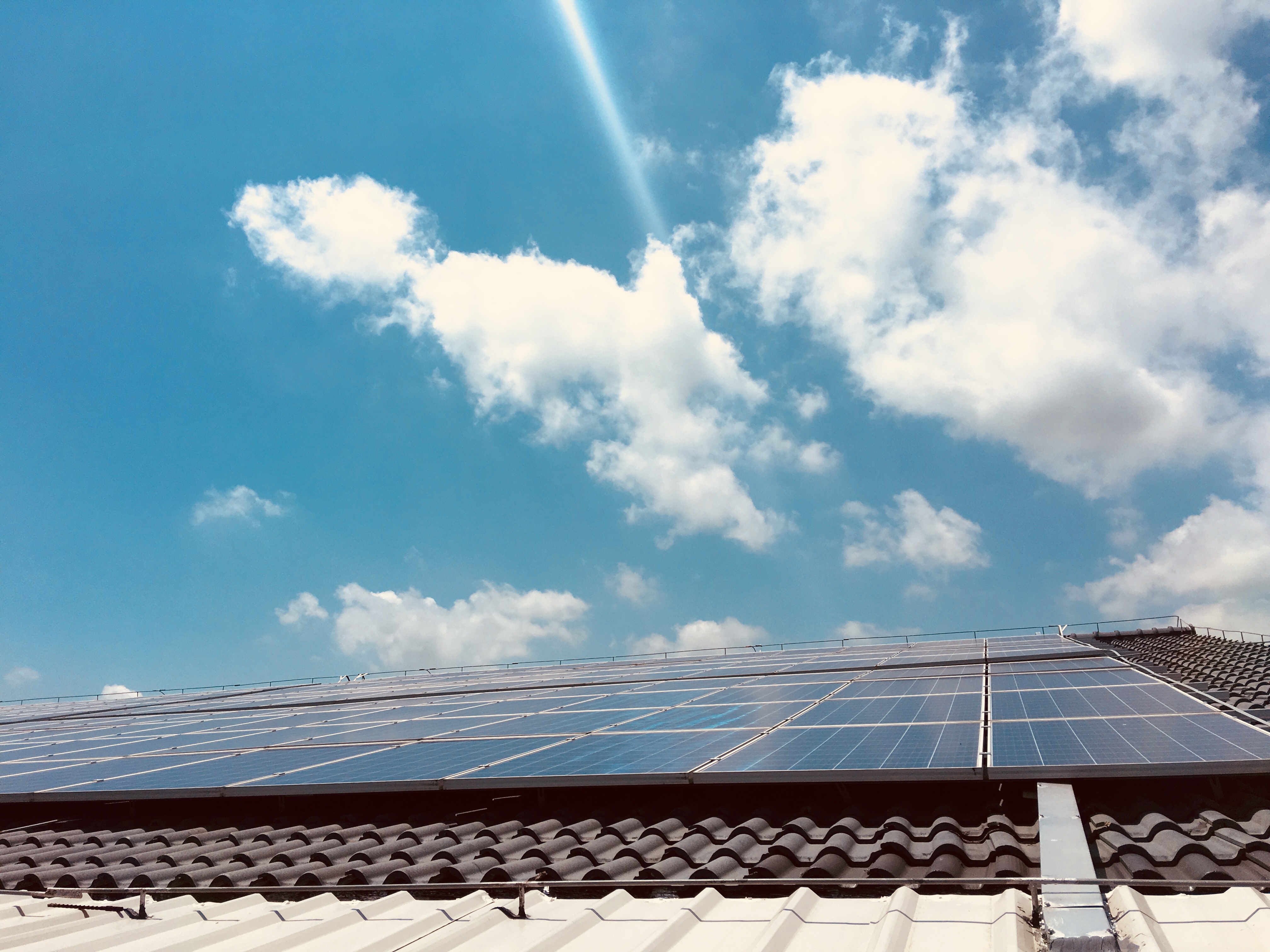
Emerging markets drive demand
Sino-US PV trade friction has been in existence for a long time. From 2011, the United States launched an investigation into “anti-dumping” and “counter-subsidy” and began to impose tariffs. In 2014, the United States began to open a second double-reverse investigation against China. In May 2017, the United States launched a “201” survey of solar cells and components exported worldwide, with an additional 30% tariff on global PV cell modules. In 2018, in the list of tariffs for Chinese products, there is no shortage of PV industrial inverter equipment such as photovoltaic inverters and controllers.
However, in the past eight years, China's PV products have become more and more popular in the global market, and the US market is no longer the main market for domestic PV products exports. At present, in the global 100 GW PV market, the domestic market accounts for about 50% to 60%. In addition, emerging markets such as Southeast Asia, South Asia, Latin America and the Middle East are gradually replacing the export volume of US components and battery chips.
According to the statistics of the China Photovoltaic Industry Association, in the first seven months of this year, the total export volume of photovoltaic cells and modules in China reached US$7.89 billion, an increase of approximately 30.8% year-on-year. The export volume of battery chips and components was 490 million US dollars and 7.4 billion US dollars, respectively, up 6.5% and 32.85% year-on-year; the export volume was 2.9GW and 25.2GW, respectively, an increase of 31.8% and 54.6% respectively.
Not only in terms of quantity, but also the concentration of photovoltaic products export market has also decreased, and there is a tendency to “spread everywhere” in emerging markets.
From January to July 2018, the top 10 countries and regions in China exported about 416 million US dollars, accounting for 84.9% of the total exports of battery chips. Among them, India, South Korea and Brazil accounted for the top three with 30.6%, 20.7% and 7.6% respectively, with a total export value of 290 million US dollars, accounting for 58.9% of the total export value.
In terms of PV modules, total exports in the first seven months of this year were $7.398 billion, of which the top four countries were India, Japan, Australia, and Mexico, accounting for 19.5%, 13.8%, 11.8%, and 10%, respectively. The top four exports totaled US$4.08 billion, accounting for 55.1% of the total exports. The top 10 countries and regions exported US$5.46 billion, accounting for 73.8% of the total component exports.
In contrast, domestic companies in the United States have gone bankrupt or moved out. According to the China Photovoltaic Industry Association, the domestic production capacity has shrunk from 1.5GW in 2011 to the current 1GW, while its domestic demand is currently around 10GW, which means near 90% of the demand needs to be imported from foreign markets.
PV enterprise globalization layout
In order to resist the negative impact of trade friction, in the view of domestic PV companies, in addition to leading R&D and process technology, it is necessary to implement a global layout strategy and not rely too much on a single market.
Trina Solar's photovoltaic cell and component manufacturing bases are located in Vietnam, Thailand, Malaysia, etc., and solar modules are sold to 39 markets in the “One Belt, One Road” countries.
"The US market only accounts for 10%. Trina will continue to maintain a reasonable market share and focus more on other emerging markets, such as Southeast Asia, South Asia, Latin America, and the Middle East. This is our basic strategy. Gao Jifan said.
In addition to thoroughly implementing the localization strategy of the global market, with the mastery of a number of cutting-edge technologies, the pace of “going out” of Chinese PV companies has also begun to escalate, from output products to export management technology and service experience, opening the entire industry chain. Investment and layout.
















 RCCN WeChat QrCode
RCCN WeChat QrCode Mobile WebSite
Mobile WebSite


